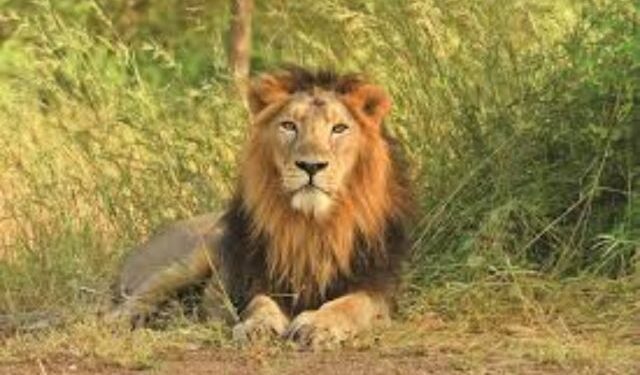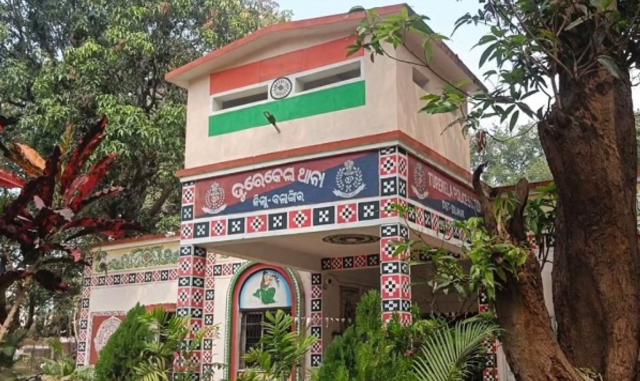Gujarat has witnessed a remarkable rise in its Asiatic lion population, reaching an estimated 891 individuals, according to the 16th Lion Population Estimation announced by Chief Minister Bhupendra Patel.
The count marks a 32.19% increase from the previous 2020 census, reinforcing the success of long-term conservation initiatives under Project Lion.
Conducted between May 10-13, the latest survey covered a vast 35,000 sq. km area across 11 districts in Saurashtra. Divided into eight regions, 32 zones, 112 subzones, and 735 sampling units, the estimation process relied on direct beat verification, with 3,854 personnel including forest officials, experts, volunteers, and local villagers contributing to the effort.
The census revealed 196 adult males, 330 adult females, 140 sub-adults, and 225 cubs, with the highest concentration recorded in the Amreli district (339 lions). Notably, satellite populations have expanded, with Barda Wildlife Sanctuary emerging as a newly established lion habitat hosting 17 individuals. The lion distribution area has also increased by 16.67% since 2020, signalling a significant territorial expansion.
More than 55% of lions were found in forested areas, while the remaining 44% were sighted across wastelands, agricultural zones, and riverine landscapes, reflecting their adaptive survival strategies.
Experts attribute this population surge to enhanced protection, habitat development, modern technology adoption, and stronger community engagement. Initiatives such as Vanya Prani Mitra and infrastructure enhancements—including secured wells and surveillance mechanisms—have played a critical role in ensuring the safety of Gujarat’s prized lions.
With Asiatic lions continuing to thrive, Project Lion remains central to conservation efforts, reinforcing Gujarat’s commitment to sustaining the Greater Gir Lion Landscape for generations to come.





























